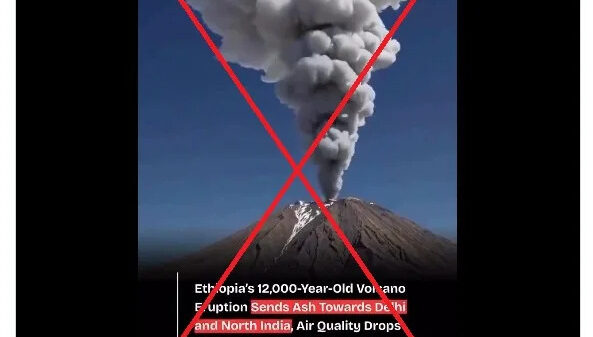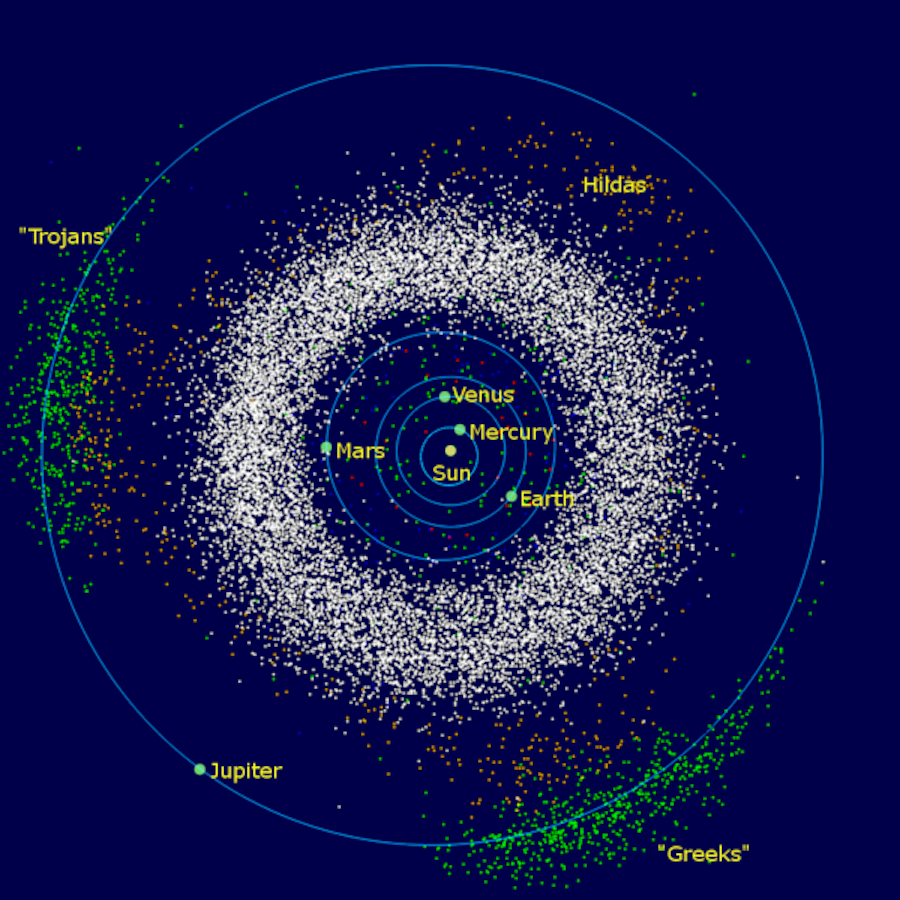The asteroid belt, located between Mars and Jupiter, is undergoing a gradual depletion, according to new research led by Julio Fernández from the Universidad de la República in Uruguay. This vast collection of rocky remnants, which is believed to be the remains of a planet that failed to form approximately 4.6 billion years ago, is currently losing material at a rate of about 0.0088%. While this figure might seem small, it indicates a significant loss over billions of years.
The gravitational influence of Jupiter has played a crucial role in this ongoing process. Its immense gravity causes destabilization in the orbits of asteroids, leading to collisions that disrupt potential planet formation. The asteroid belt now contains only about 3% of the mass of the Moon, scattered across millions of kilometers.
Understanding Asteroid Loss and Its Implications
The study highlights that roughly 20% of the lost mass escapes as asteroids and meteoroids that occasionally cross Earth’s orbit, some of which enter the atmosphere as meteors. The remaining 80% is reduced to meteoritic dust through mutual collisions, contributing to the faint glow of zodiacal dust visible in the night sky.
Notably, well-known asteroids like Ceres, Vesta, and Pallas were excluded from this research, as they have existed long enough to no longer actively contribute to the belt’s mass loss. The findings suggest that the current rate of depletion could have implications for understanding the historical evolution of our Solar System.
Historical Context of the Asteroid Belt’s Evolution
If the current mass loss rate is extrapolated, it indicates that the asteroid belt could have been about 50% more massive around 3.5 billion years ago, with a mass loss rate nearly twice as high. This correlates with geological evidence from the Moon and Earth, which shows a declining bombardment rate over billions of years.
The asteroid belt, often perceived as a stable fixture of our Solar System, is actually a dynamic structure that has been gradually losing material. The glass spherule layers found in Earth’s rock strata point to a more violent history, where a more massive asteroid belt sent larger fragments toward Earth.
Understanding the ongoing depletion of the asteroid belt provides crucial insights into the impact history that has shaped our planet’s surface. Moreover, it offers valuable data for modeling future risks from near-Earth objects, enhancing our ability to predict potential impacts.
The research underscores the importance of the asteroid belt’s evolution, not just for the past, but also for the future of Earth and its ongoing interactions with the cosmos.





































































